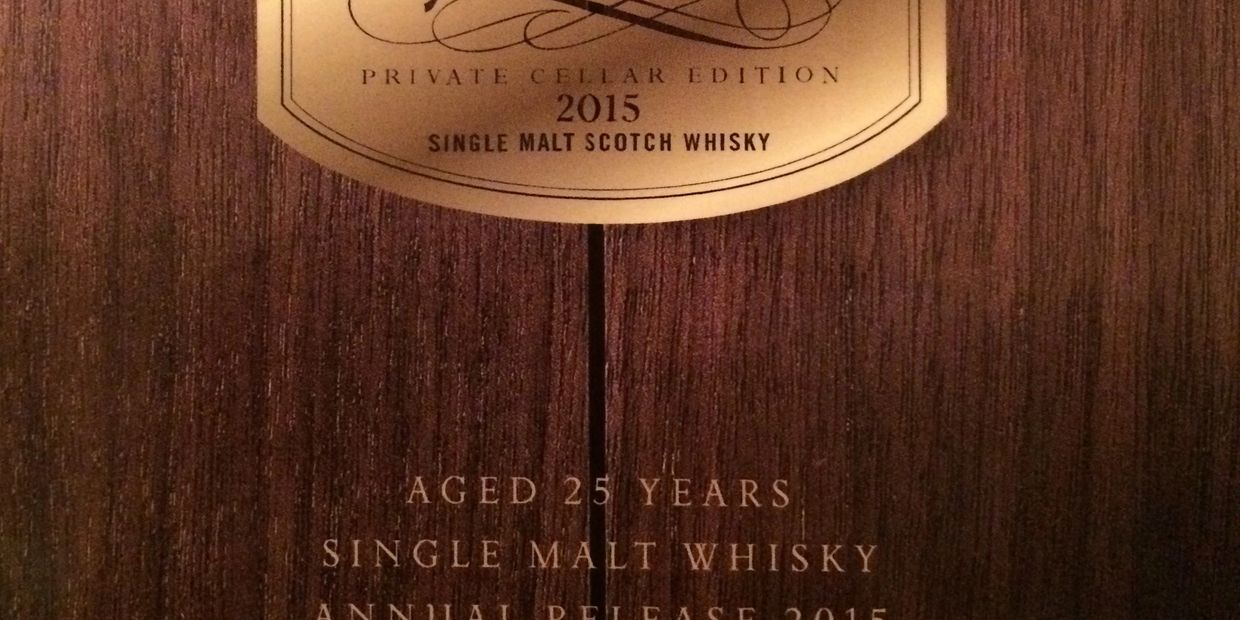British Columbia
LITTLEMILL - 25 YEAR OLD SINGLE MALT SCOTCH
GLEN SCOTIA - SINGLE MALT WHISKY
GLEN SCOTIA - SINGLE MALT WHISKY

LITTLEMILL 25 YEAR OLD RELEASE
Our two master blenders John Petersen and Michael Henry have dipped and nosed the remaining casks of 1989 and 1990 in our warehouse.
From these they have selected 10 which they believe best represent the quality and style of whisky from the Littlemill Distillery.
These 10 casks have been married together to deliver this exceptional 25 year old lowland single malt whisky.
The 1989 liquid went into the cask on 17th December 1989 at 68.5 degrees and the 1990 was casked between 1st & 4th April 1990 at between 68.6 and 68.7 degrees.
The liquid was originally laid down in a mixture of the finest American and European Oak casks and for this 1st bottling it has been married together and has experienced a period of finishing in 1st fill European Oloroso Sherry casks.
GLEN SCOTIA - SINGLE MALT WHISKY
GLEN SCOTIA - SINGLE MALT WHISKY
GLEN SCOTIA - SINGLE MALT WHISKY

GlEN SCOTIA THE DISTILLERY
Campbeltown or Lochhead as it was earlier known, was reportedly the ancient seat of the Scottish Parliament set up by King Fergus in 503AD. Indeed the site of the Glen Scotia distillery is built near to Campbeltown’s ancient parliament square. It is suggested that the Stone of Destiny, on which all Scottish monarchs were crowned, came from here
Towards the southern end of the Mull of Kintyre, Campbeltown is an isolated, distinctive place. The whisky produced here is special too - so much so that it’s classified as a separate region, quite apart from the Highland, Speyside, Lowland and Islay whiskies which are perhaps better known today.
With an excellent water supply, easy access to peat and grain and a growing market in Victorian Britain and beyond, little Campbeltown had 28 distilleries by 1851, and proudly proclaimed itself ‘the whisky capital of the world’. Today only three distilleries remain, of which ours, Glen Scotia, is one of the finest in Scotland. .

Scotland's Oldest Distillery
A NEW DAWN
After one of its brief closures in 1929, Littlemill was bought and reopened by American entrepreneur and chemist Duncan Thomas in 1931. One of the forgotten innovators of Scotch whisky, it was Thomas who introduced a new design of Saladin box for malting with two ventilation towers and a single kiln, switched from the Lowland tradition of triple distillation to double distillation, and installed new hybrid stills with copper pot still bodies and rectifying columns instead of swan necks to have greater control over the distillation process and allow a number of different characters to be produced.
Throughout this time, Littlemill was at the forefront of still innovation, boasting a unique ability to create three styles of single malts - a light and delicate traditional Littlemill Lowland whisky and two experimental malts - the heavily peated Dumbuck and a full-bodied whisky called Dunglass, after the castle nearby.
WHISKY OF
EXCEPTIONAL CHARACTER
Up until its final days, Littlemill Distillery continued to innovate and produce exceptional Lowland malt whisky of great character. Using water sourced north of the Highland line in the Kilpatrick Hills, peat from Stornoway and malt from Perthshire, the Littlemill whiskies reflect a beautiful summer whisky, whose characteristics reveal gentle vanilla and floral notes on the nose with the sweetness of honey and creamy fudge which continues onto the palate with classic Lowland fruit flavours.
GLEN SCOTIA - 25 YEAR OLD SINGLE MALT SCOTCH WHISKY

The whisky has been gently matured in our finest American oak barrels before being married in first fill bourbon before bottling. The final product was created with the history of Campbeltown in mind. The signature nose has hints of vanilla oak, interwoven with the subtle notes of sea spray and spicy aromatic fruits.
NOSE
Bracing Atlantic breeze gives strong maritime influence.
PALATE
Red apple and tangy orange peel with vanilla syrup and caramel sweetness.
FINISH
Long lingering sea salt with a spicy note of ground ginger.
GLEN SCOTIA - 18 YEAR OLD SINGLE MALT SCOTCH WHISKY

This single malt, introduced in September and finished in oloroso sherry casks, offers abundant notes of sea spray, vanilla toffee and spiced fruits. The finish lingers, with spiced raisin and a touch of honeyed nuttiness.
NOSE
Crisp saltiness, perfumed floral notes and thick sweet toffee.
PALATE
Rich deep vanilla fruit flavours, apricot and pineapple, plump sultana.
FINISH
Long and dry with gentle warming spice.
BC Liquor Stores
LITTLEMILL 1772
LITTLEMILL 1772
LITTLEMILL 1772
The Final Legacy of Scotland's Oldest Distillery